Ken Wu was 10 years old when he was flipping through a book about natural history. He saw a picture of four people dancing on the stump of Western red cedar and thought to himself, “Wow, could the trees really be that big?”
It turns out they could be. That summer, Ken’s parents took him on a road trip through British Columbia.
“My eyes popped out of my head,” he recalls, as he looked onto the dense understory growth and towering groves of cedar and spruce.
Now, Ken is the executive director of the Endangered Ecosystem Alliance and is dedicated to protecting the province’s old-growth forests.
Old-growth trees are typically defined as those over 250 years old, but some trees in BC have been around for at least a thousand years or more.
How old is the oldest living tree in BC?
Maybe? It's hard to say for sure. But that's the estimate from data sampled from this beauty named the Cheewhat Giant, a western red cedar almost 6 metres in diameter, on Vancouver Island.
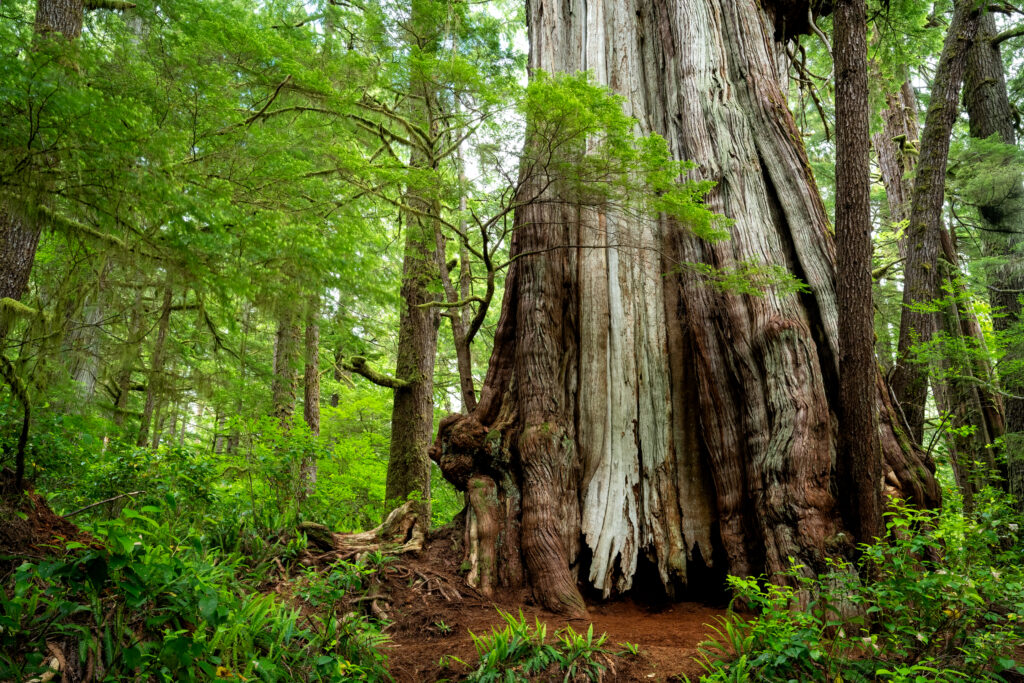
Nope! That's the age of the oldest tree in the world, not pictured here as its location remains a secret, a Great Basin bristlecone pine in eastern California.
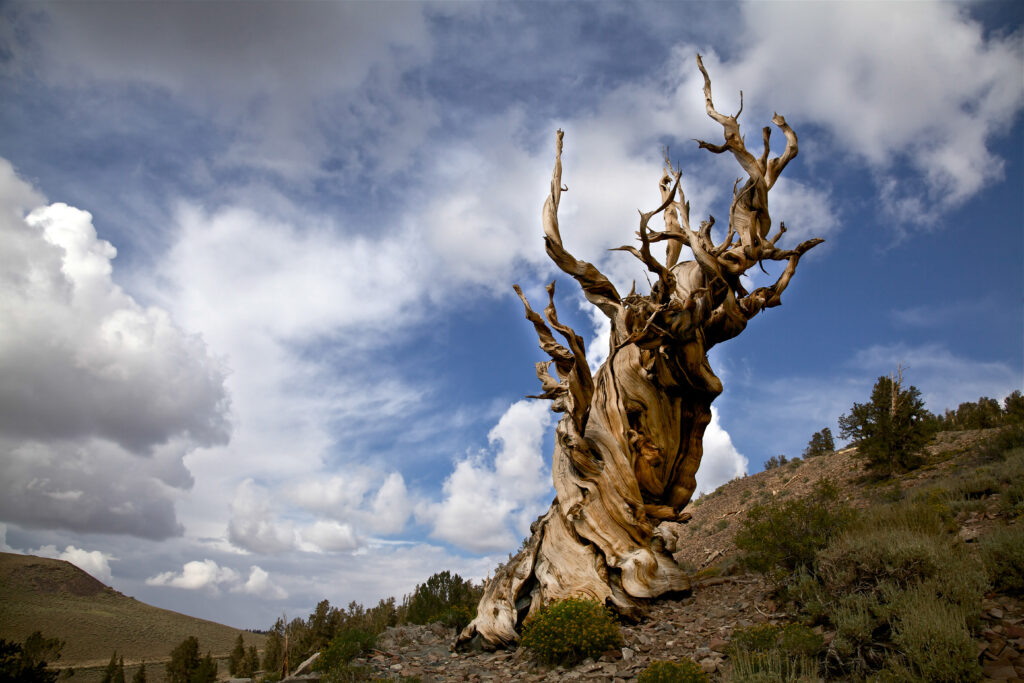
These impressive forest stands once covered tens of millions of hectares in BC, but today, over 90% of high productivity forests have been logged.
Today, 2.5 million hectares of the most at-risk old-growth forest types, with the largest and oldest trees or in the rarest ecosystems, are protected in BC, while another 5 million hectares are unprotected and at risk of being logged.
British Columbia’s commercial logging industry began in the 1800s and proliferated over the next century to support demands in construction, pulp, and paper. Today, after forestry companies fell a stand, they replant the trees and harvest again after 50 years or so.
But these secondary growth forests don’t support nearly the same amount of biodiversity as old-growth trees. Old-growth forests have gaps in the canopy, says Ken, which allows some light to penetrate to the lower reaches of the forest and support a diverse understory.
These ancient forests are also much more complex and dynamic ecologically, in part because the trees are all different size and ages. There’s also much more deadwood, which supports the ecosystem in myriad ways such as communities for insects and mosses, or homes for animals.
“There are a lot of endangered species that are closely associated with old-growth,” says Ken.
Some of these include spotted and flammulated owls, mountain caribou, marbled murrelets, and northern goshawks.
A richer understory also provides extra protection and food for ungulates UngulatesMammals with hooves, such as deer, moose, and elk. , for example, and some birds prefer nesting in the larger trees. Black bears on Vancouver Island prefer hibernating in large, old growth logs, and are increasingly troubled by the real estate market.
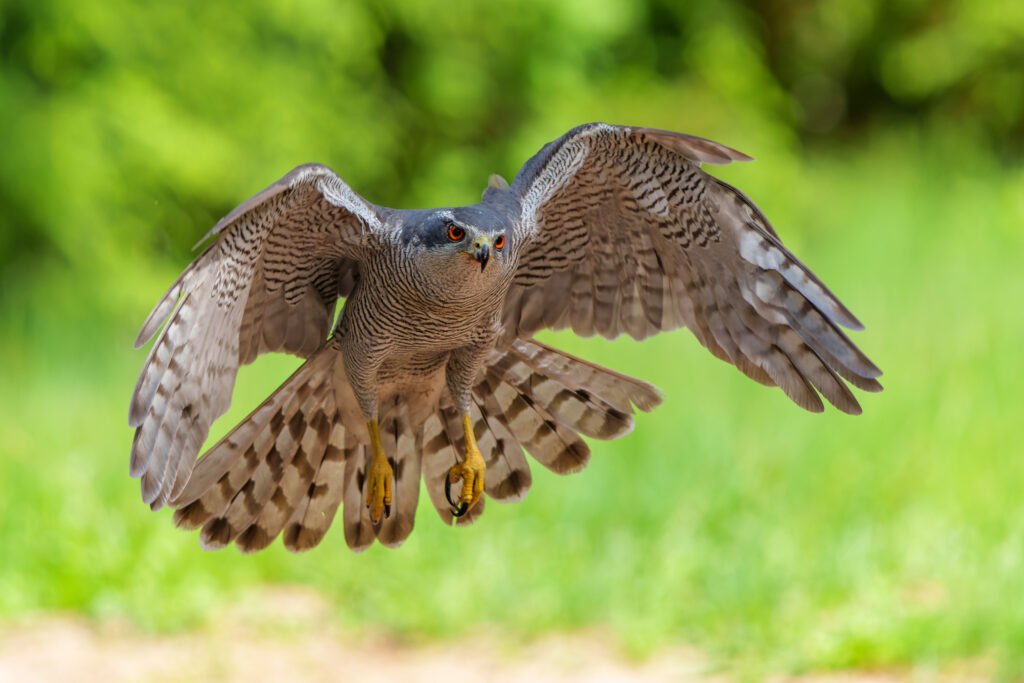
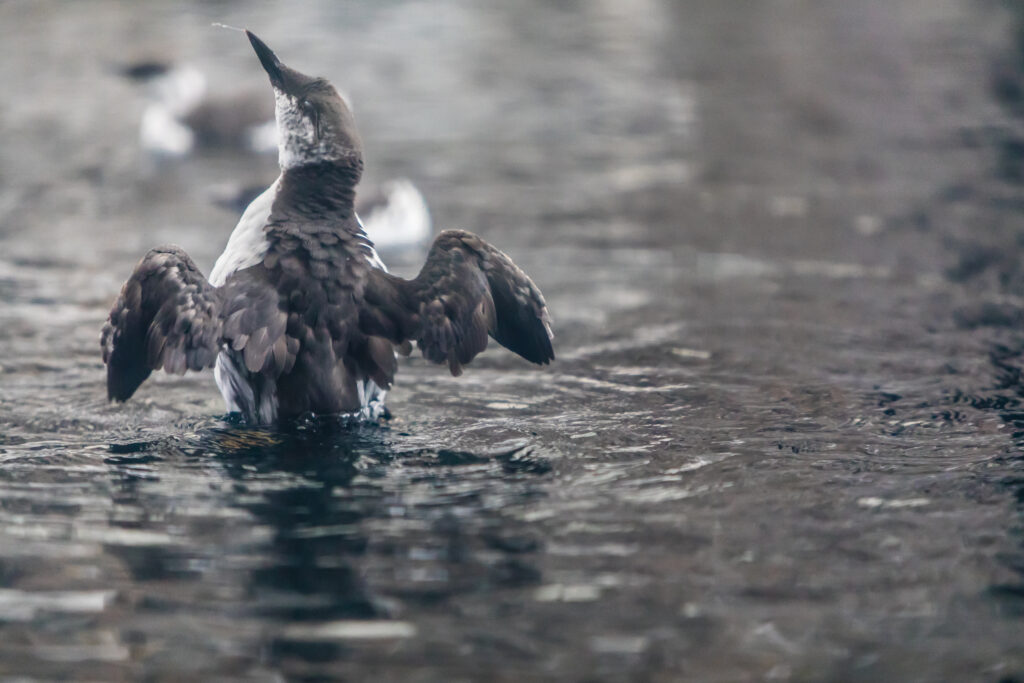
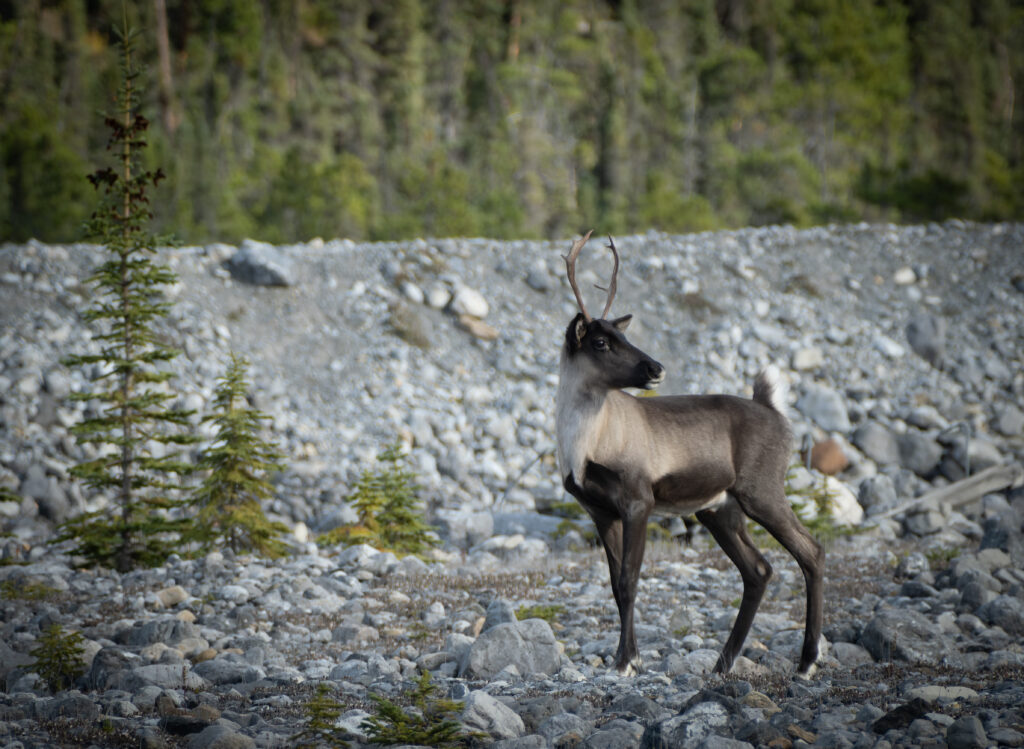
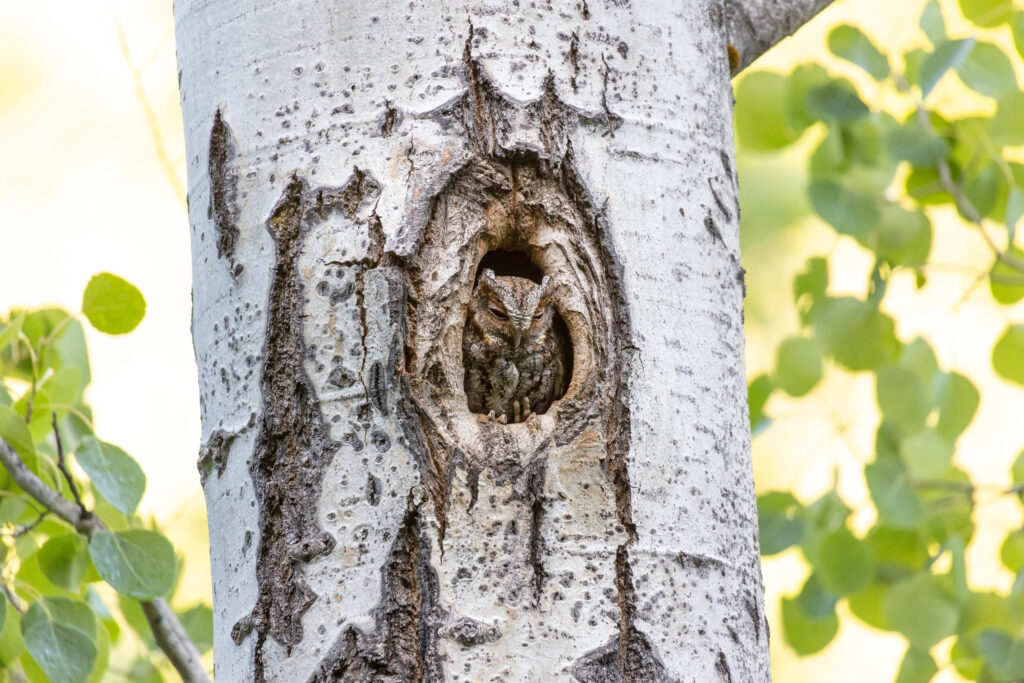
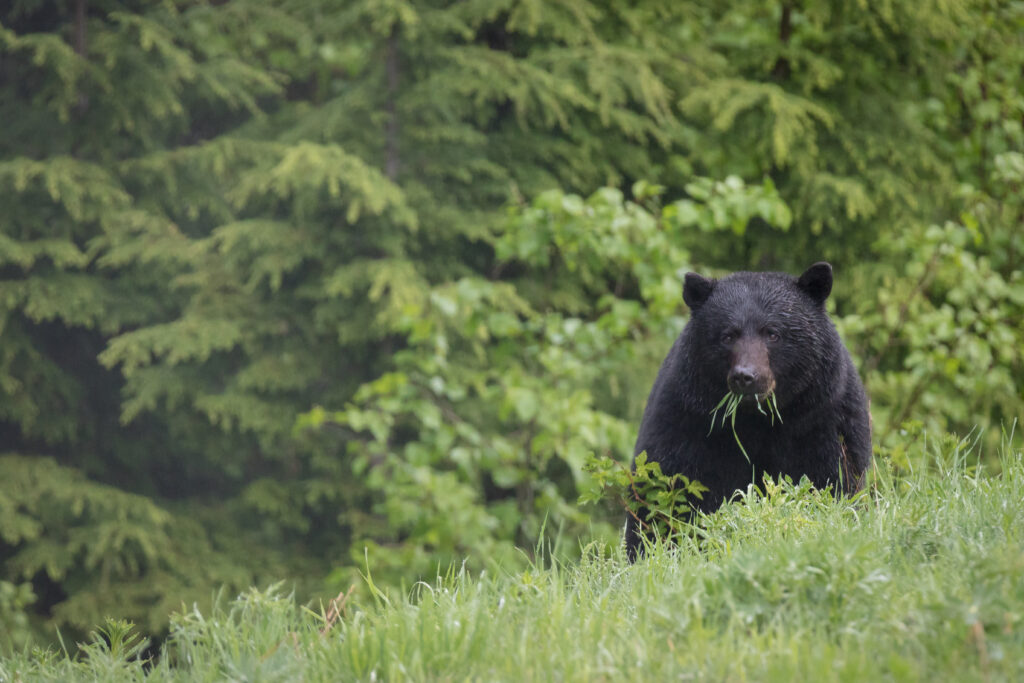
Ancient forest stands are also vital for many of the province’s Indigenous cultures.
Dugout canoes, giant totem poles, and longhouses are made from cedar, and strips of bark from cedar is used to make clothing.
Importantly, many Indigenous uses of forest materials practiced a stewardship ethic—they were very careful in selecting which trees would be felled, and they harvested planks and bark in a way that wouldn’t kill the tree.
Old-growth forests also provide a myriad of benefits for all humans, says Ken.
Ancient forests store immense amounts of carbon which would be released to the atmosphere if they were cut down, and the giant trees are more resilient to forest fires. Healthy forests also support salmon, which are culturally and economically vital for British Columbians.
Furthermore, the trees draw in thousands of tourists. “People come here to see old-growth forests” says Ken. “They don’t come here to see 50-year-old stands.”
A growing body of research is also showing the many health benefits of simply being in a forest.
“It really imbues a sense of wonder and humility that’s really vital for that sustainability ethic,” says Ken.
Curious for more science behind biodiversity and climate change?
Explore solutions for regenerating our planet on Change Reaction.
